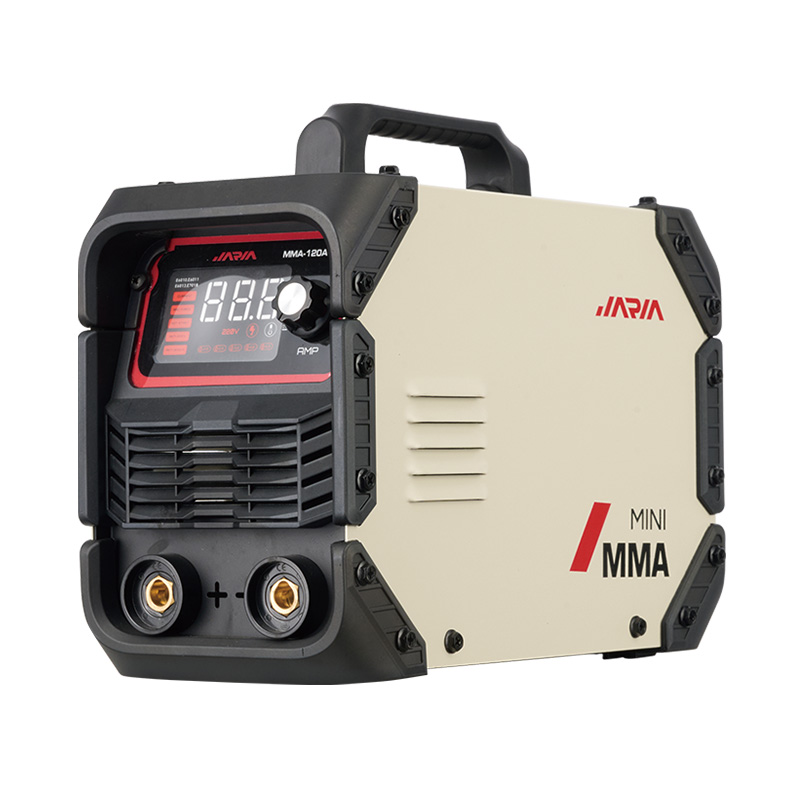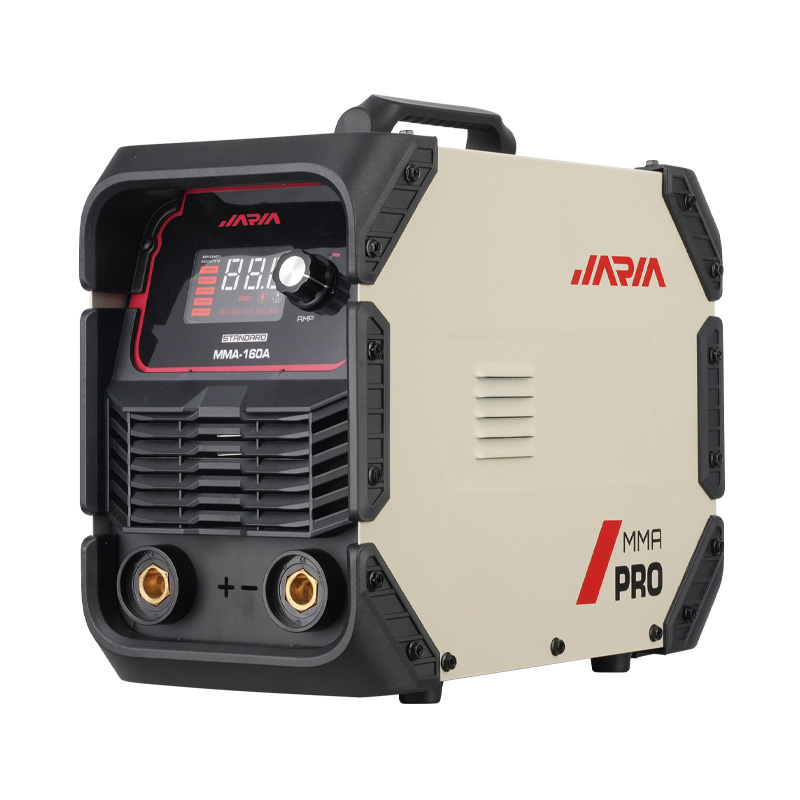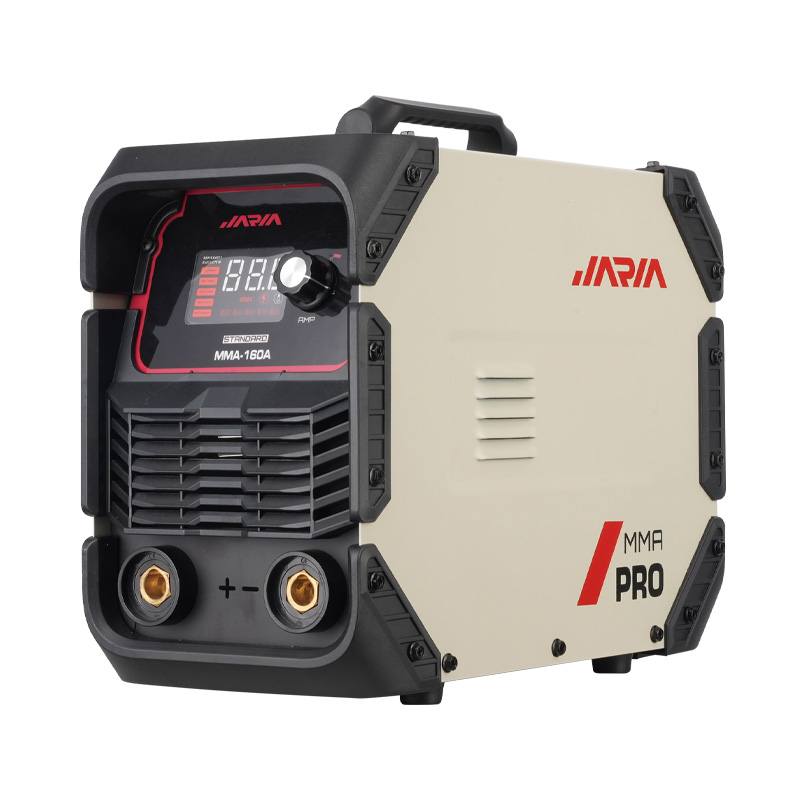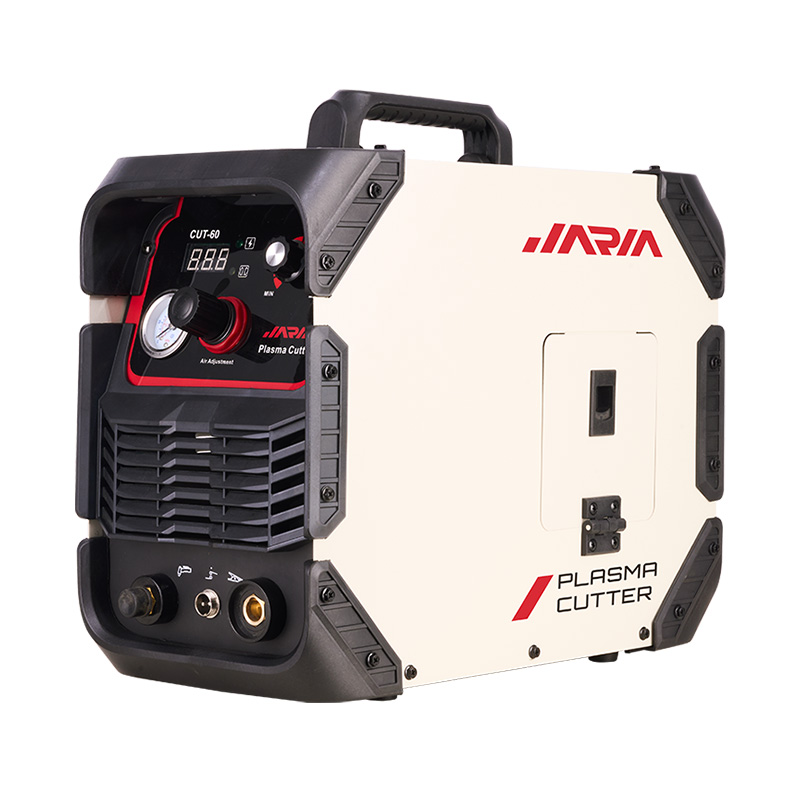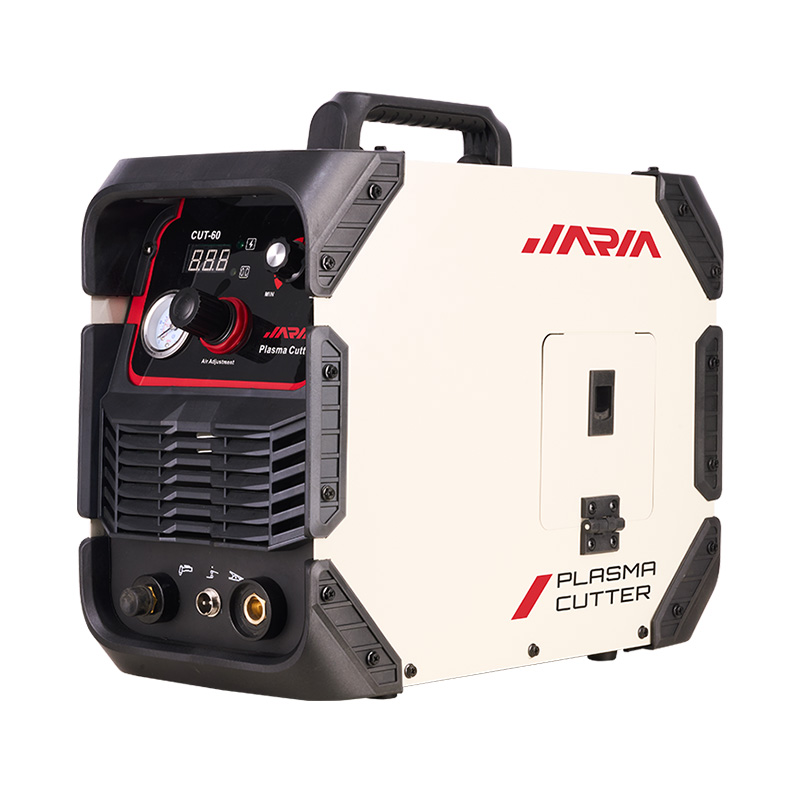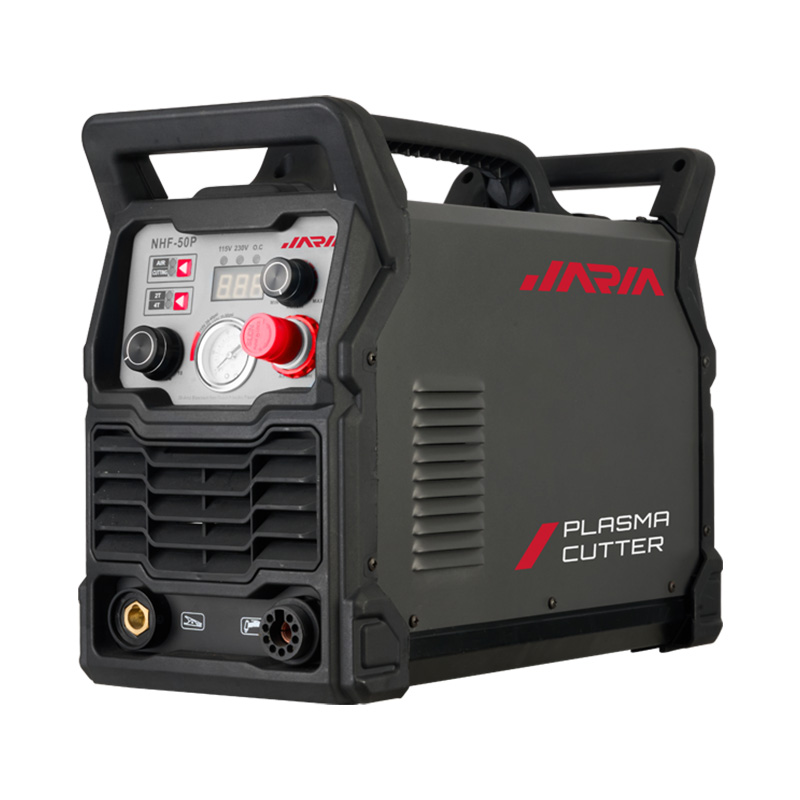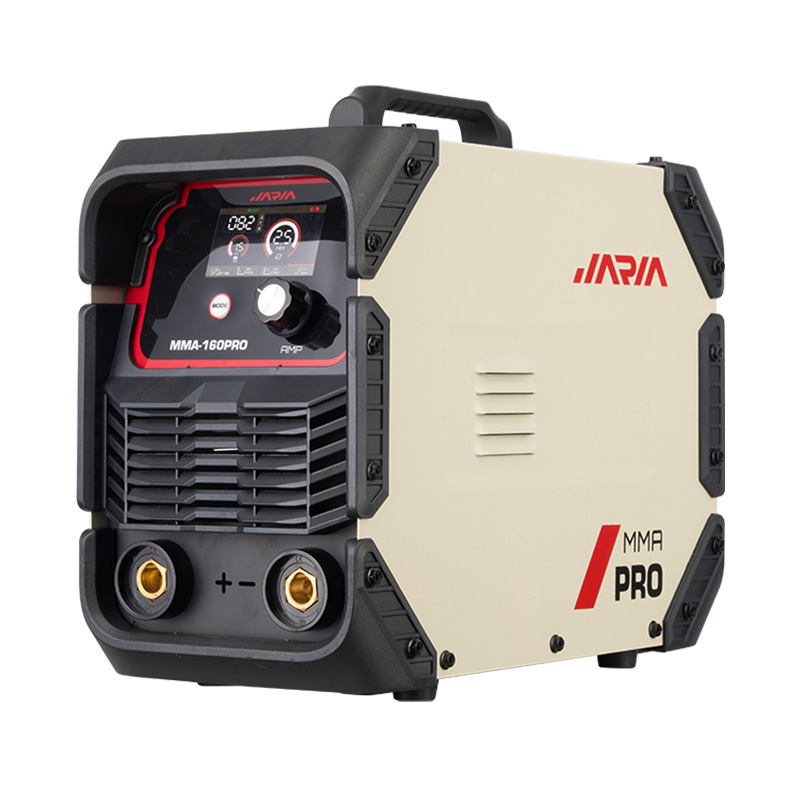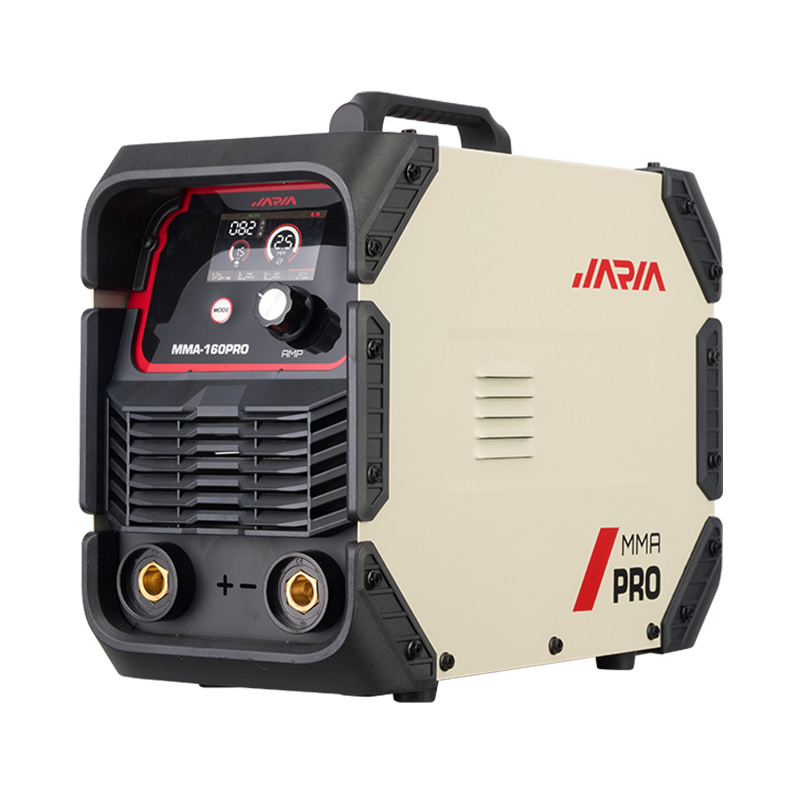In the ever-evolving landscape of welding technology, the emergence of portable small welding machines has sparked a paradigm shift in the industry. These compact and versatile tools are challenging the dominance of traditional welding equipment. This article explores the myriad ways in which portable small welding machines have carved a niche for themselves, surpassing the capabilities of their conventional counterparts.
The Evolution of Welding Technology
Welding, an indispensable process in fabrication and construction, has witnessed remarkable technological advancements over the years. Traditional welding tools, characterized by their bulkiness and limited mobility, have long been the stalwarts of the industry. However, the advent of portable small welding machines has disrupted this status quo, offering a more agile and efficient alternative.
Portability Redefined
One of the defining features of portable small welding machines is their unparalleled portability. Unlike their traditional counterparts which are often cumbersome and require dedicated spaces, these compact devices redefine the very essence of mobility. Welders can now traverse job sites effortlessly, reaching confined spaces and remote locations with ease. This newfound flexibility enhances the overall efficiency of welding operations.
Adaptability in Diverse Settings
The adaptability of portable small welding machines further solidifies their advantage. Whether working on a construction site, repairing equipment in a tight workshop, or executing intricate projects, these machines prove their mettle. Traditional tools, constrained by their size and weight, struggle to match the versatility offered by their smaller counterparts. This adaptability makes portable small welding machines indispensable for modern welding applications.
Precision and Control
In the realm of welding, precision is paramount. Portable small welding machines excel in providing welders with enhanced control over the welding process. The compact size allows for more accurate maneuvering, enabling welders to navigate intricate weld joints with finesse. This level of precision is often challenging to achieve with traditional welding tools, which may be unwieldy and less responsive to nuanced adjustments.
Time Efficiency
Time is a critical factor in any welding project. Portable small welding machines, with their quick setup and ease of operation, significantly reduce downtime. Traditional tools, with their elaborate setup procedures and bulkier components, often demand more time and effort. The swift deployment of portable small welding machines translates to increased productivity, making them the preferred choice in time-sensitive projects.
Cost-Effectiveness
Beyond their operational advantages, portable small welding machines offer a compelling case for cost-effectiveness. The initial investment in these machines is often lower than that required for traditional welding equipment. Moreover, their efficiency in terms of power consumption and consumables contributes to long-term savings. As industries increasingly prioritize cost-effectiveness without compromising quality, portable small welding machines emerge as a pragmatic solution.
Technological Advancements
The integration of cutting-edge technologies has propelled portable small welding machines to the forefront of welding innovation. Features such as inverter technology, advanced control panels, and digital interfaces empower welders with better capabilities. These technological advancements not only enhance the performance of the machines but also make them more user-friendly, attracting a new generation of welders who value efficiency and sophistication.
Environmental Considerations
In an era marked by a growing emphasis on sustainability, the environmental impact of welding processes cannot be overlooked. Portable small welding machines, often designed with energy-efficient components, align with the global push towards greener technologies. Their reduced power consumption and minimal waste production make them environmentally friendly alternatives to traditional welding tools, contributing to a more sustainable industrial landscape.
Training and Skill Development
The user-friendly nature of portable small welding machines facilitates easier training and skill development for welders. Traditional tools, with their complexity and size, may pose a steeper learning curve for beginners. In contrast, the intuitive design and compact form factor of portable small welding machines empower welders to quickly grasp the nuances of the welding process, fostering a more accessible learning environment.
Challenges and Considerations
While portable small welding machines have indeed revolutionized the welding landscape, it is essential to acknowledge the challenges associated with their use. Certain high-demand applications may still require the robustness and power output of traditional tools. Additionally, welders accustomed to conventional equipment may need time to adapt to the nuances of portable small welding machines.
Conclusion
In conclusion, the advent of portable small welding machines signifies a transformative juncture in the welding industry. Their unmatched portability, adaptability, precision, time efficiency, cost-effectiveness, technological advancements, environmental considerations, and facilitation of training converge to establish their over traditional welding tools. As industries evolve and demand more agile, efficient, and sustainable solutions, portable small welding machines are poised to become the cornerstone of modern welding practices.

 英语
英语 西班牙语
西班牙语 阿拉伯语
阿拉伯语